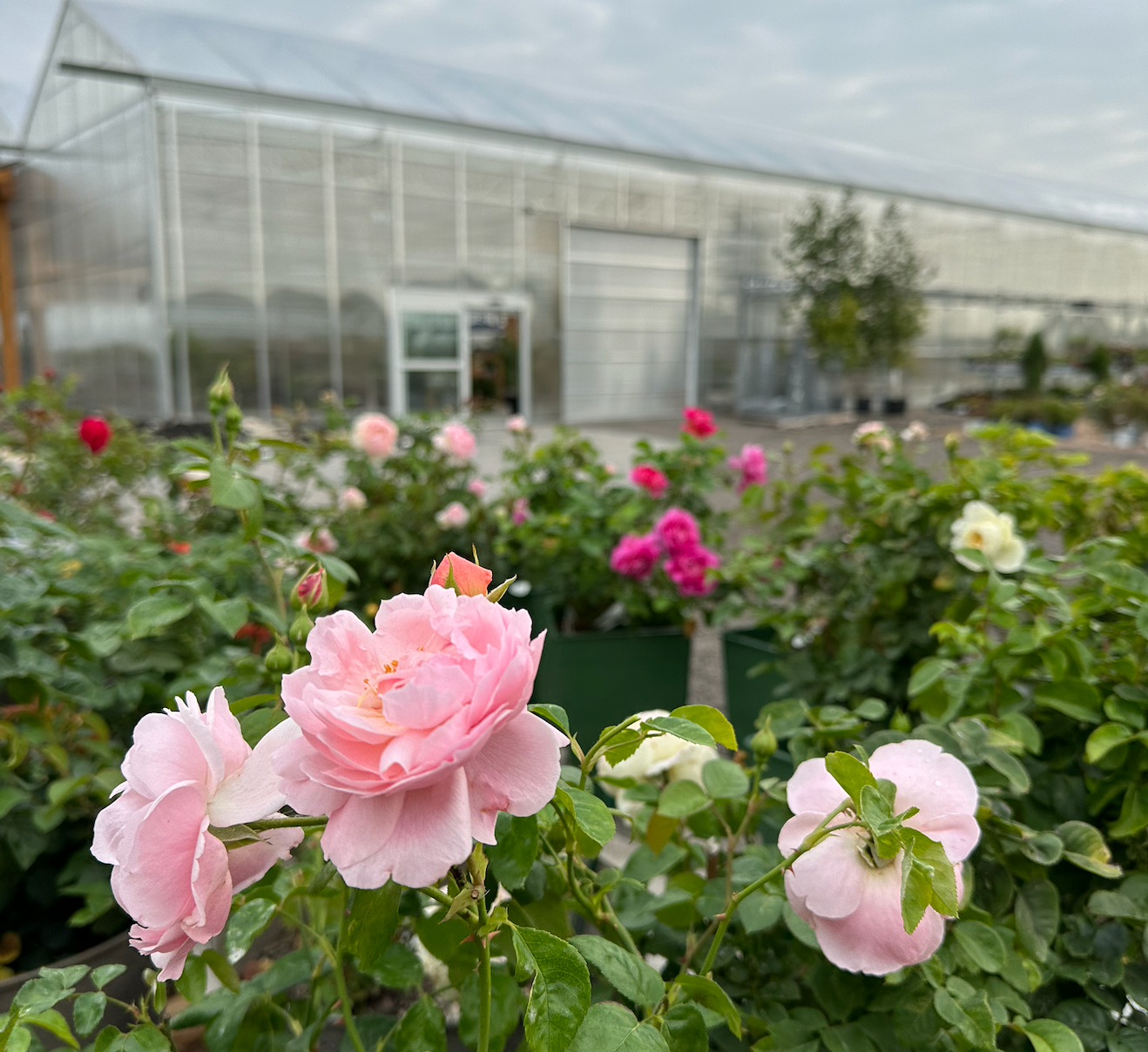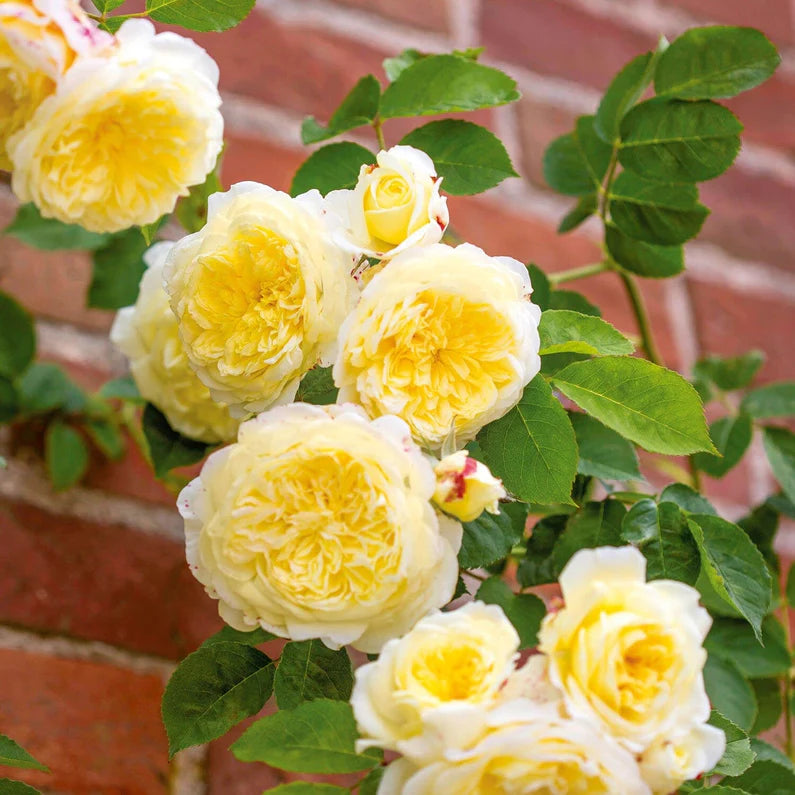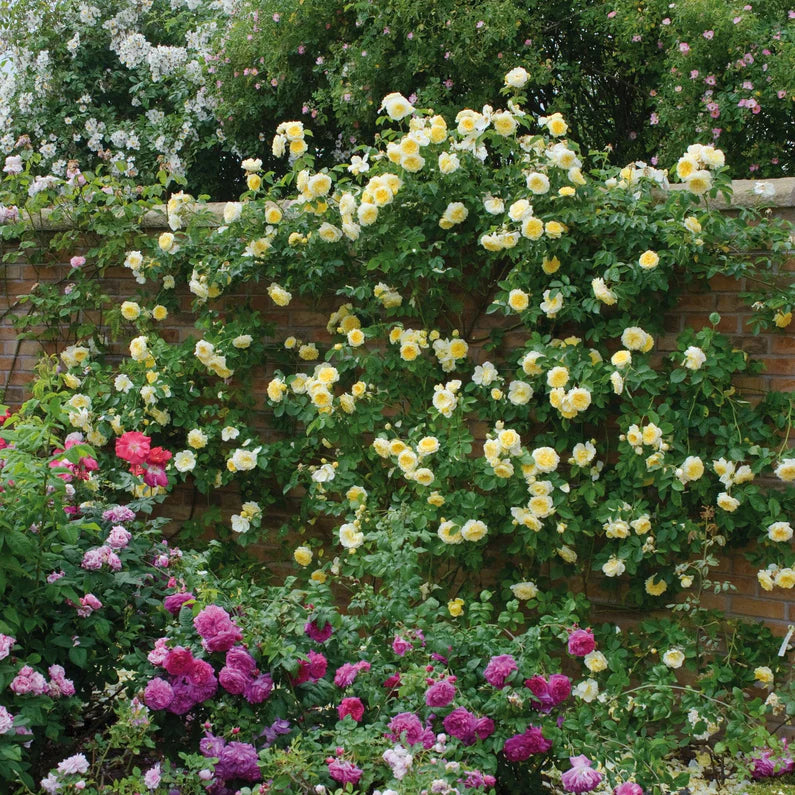1 product
1 product
Sort by:
David Austin Roses
This variety has particularly beautiful blooms. The buds open to reveal many petalled cups, which gradually form large, flat rosettes. The colour is a very attractive shade of soft yellow, the petals paling prettily towards the edges. The flowers have a medium strength fragrance, which is a perfect balance of Tea and myrrh. It will quickly reach some height and still produce flowers and leaves lower down the plant. Named after the pilgrims in Chaucer’s Canterbury Tales.



